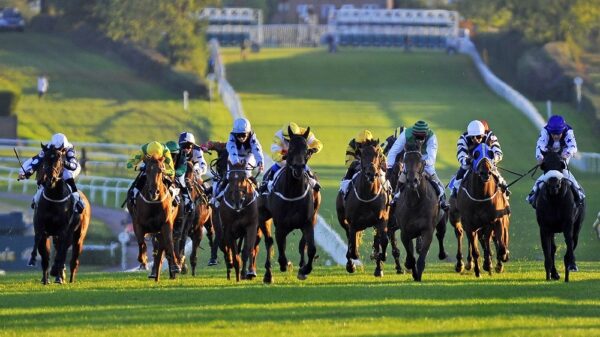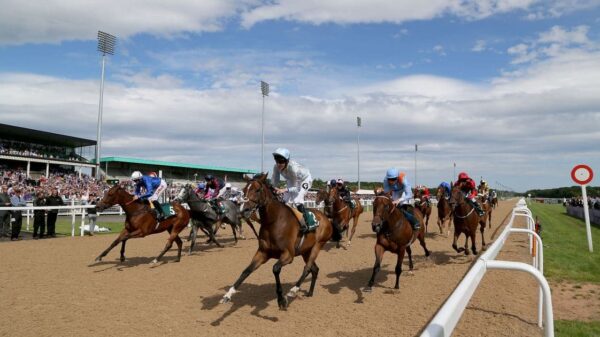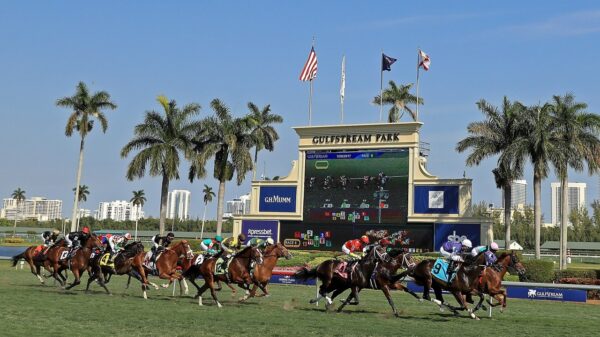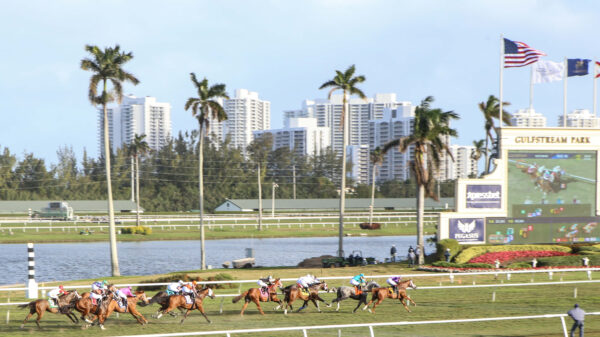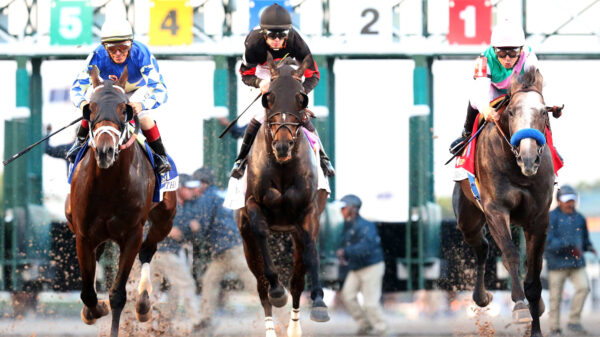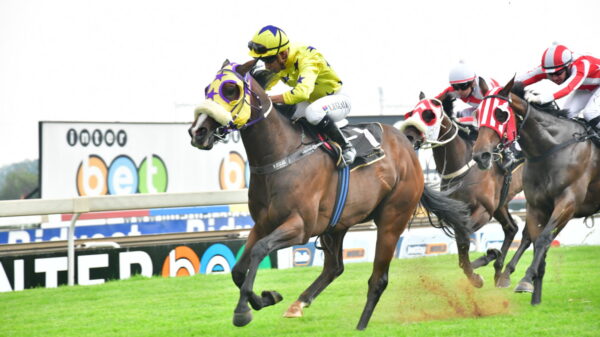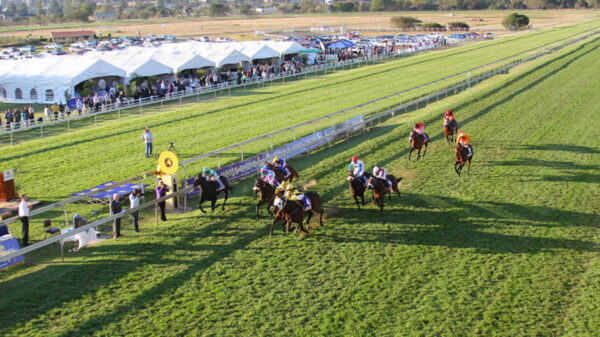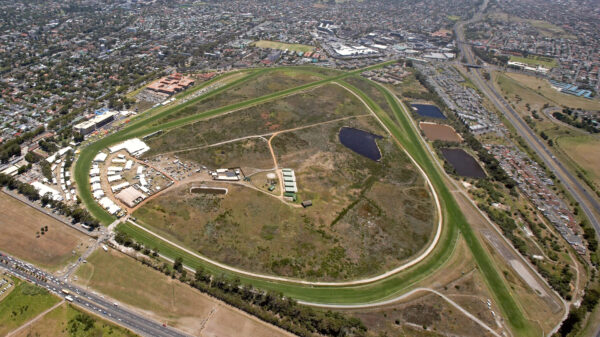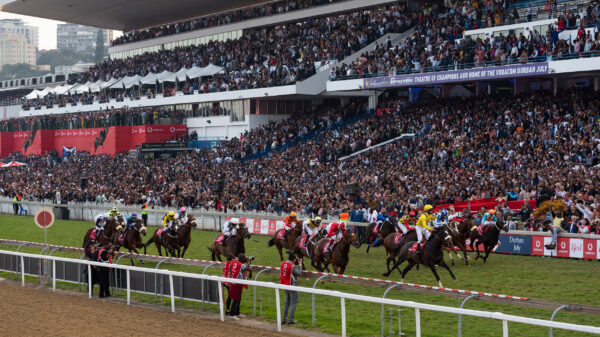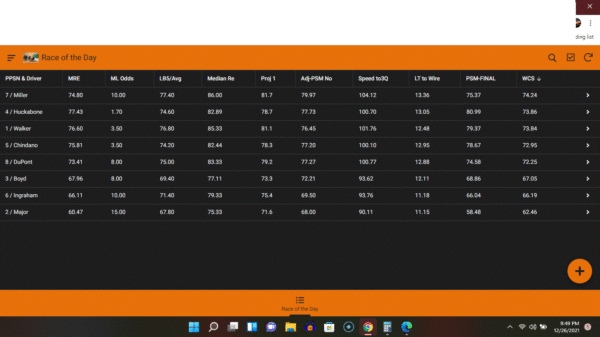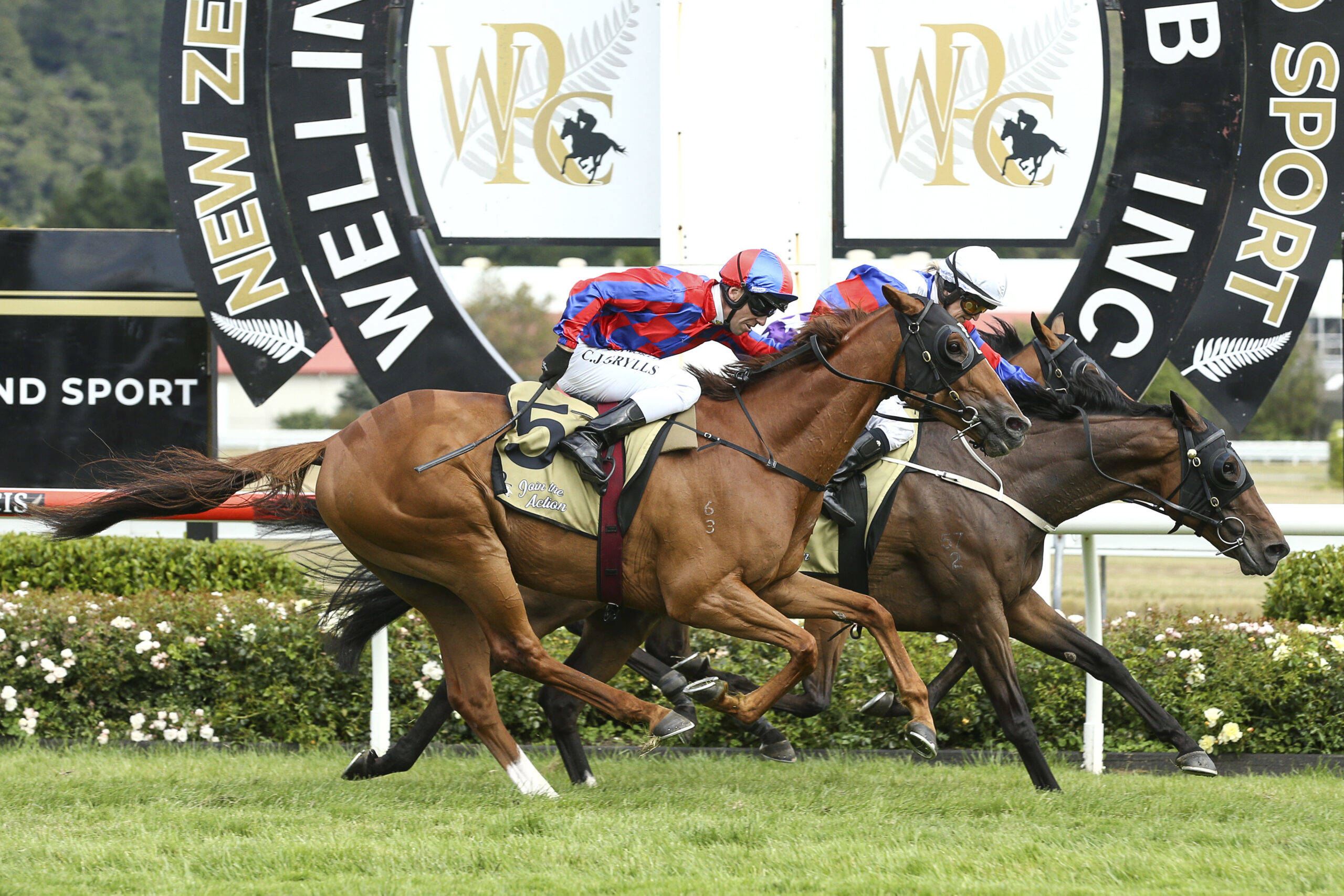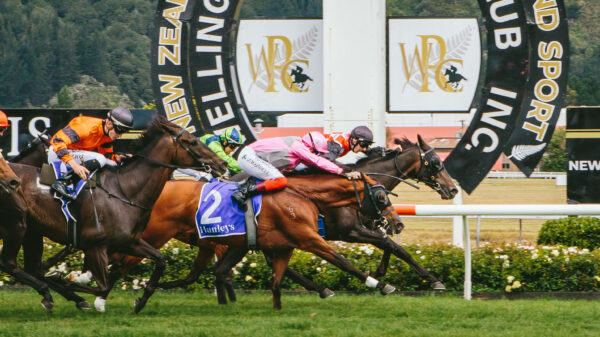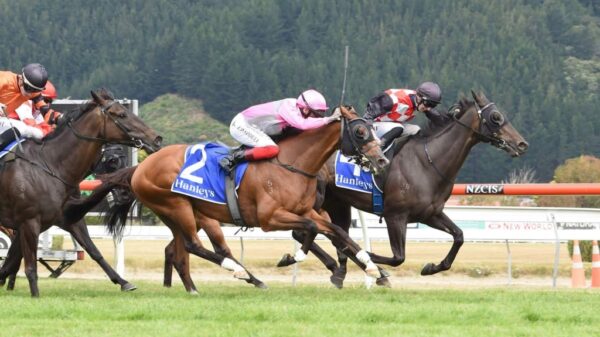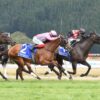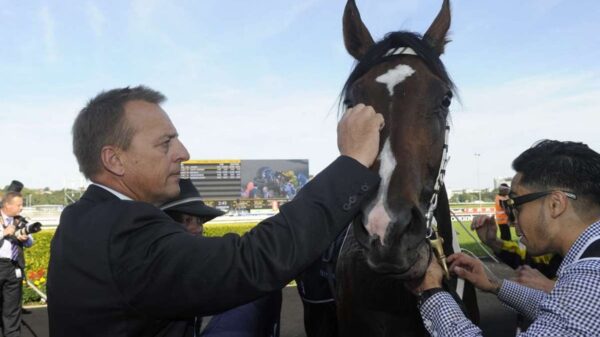The nation of New Zealand will be one of the first countries to return to racing as the pacific island country based off the southeastern coast of Australia has successfully flattened the curve with no new cases and rapid recovery rates from the coronavirus.
Racing has continued in Australia behind closed doors and away from crowds, however New Zealand Prime Minister Jacinda Ardern took an early approach in shutting the nation down in an effort to stem the contraction rate of the virus and it worked.
NZ Thoroughbred Racing has been working on a schedule for racing to begin on July 1 with restrictions. In a statement the NZTR outlined key protocols for a return to racing.
“We are targeting a return to racing on 1 July at a reduced network of venues,” an NZTR statement said.
“We will need to be flexible as each region comes out of lockdown and with the possibility that alert levels might fluctuate.
For NZ return to racing an indicative four-month calendar has been developed and the key components are as follows:
- If training is able to resume in May, we anticipate trialling in late June with race dates from 1 July
- Building from a single meeting per week in each region in July
- A focus on racing near the horse population in early months and building to wider venue use by late Spring
- Incentives being explored to get horses to the races rather than multiple trials
- The removal of nomination and acceptance fees during the initial period
- A program that needs to be flexible, with races over shorter distances initially
- No reduction to the minimum stake but a flatter stake model across the board initially to ensure wider distribution of funds to owners
NZTR said a team from the National Racing Bureau would be contacting trainers over the coming weeks.
In addition, NZTR has reduced payroll and contractor costs by 20 percent since the shutdown including the salaries of board members by 100 percent and the chief executive by 25 percent.
NZTR says the priority is to get NZ racing to return as soon as possible to maintain employment within the sport and to distribute funds for participants and maintain equine welfare.



